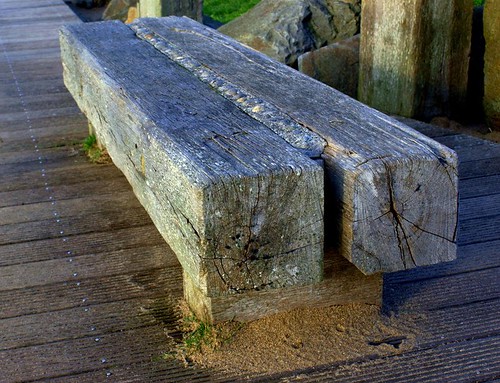
Trex is a wood-plastic composite material designed for use in non-structural areas such as railing and decking. Its physical characteristics like weight, density, shear strength and weathering resistance are more akin to particle board than pure wood.
Composition
Video of the Day
Trex is made by blending waste sawdust with a dry adhesive like polyethylene to create a sort of dough, and then mixing it with a chemical bonding agent. The material is then pressed or extruded into its final shape.
Video of the Day
Approved Applications
Trex should be regarded primarily as a cosmetic enhancement, and should never be used for structural elements like roofing trusses or wall studs.
Trex Strength
The flexural stress of Trex is 250 psi for a 3-inch board, and 600 psi for Baluster. Tensile strength (the pressure it take to shear or snap the material) is 250 and 350 for 3-inch Trex board and Baluster respectively.
Comparison
Trex compares favorably with soft-woods, which average some 160 psi less than Trex on flexural stress, and about the same for tensile strength. Hardwoods average about the same flexural stress, but have much greater tensile strength.
Difference Explaination
Because Trex is a composite material, it can only be as strong as the adhesive that holds it together. The grain and cell structure of hardwood forms a sort of internal reinforcement that homogeneous Trex lacks.